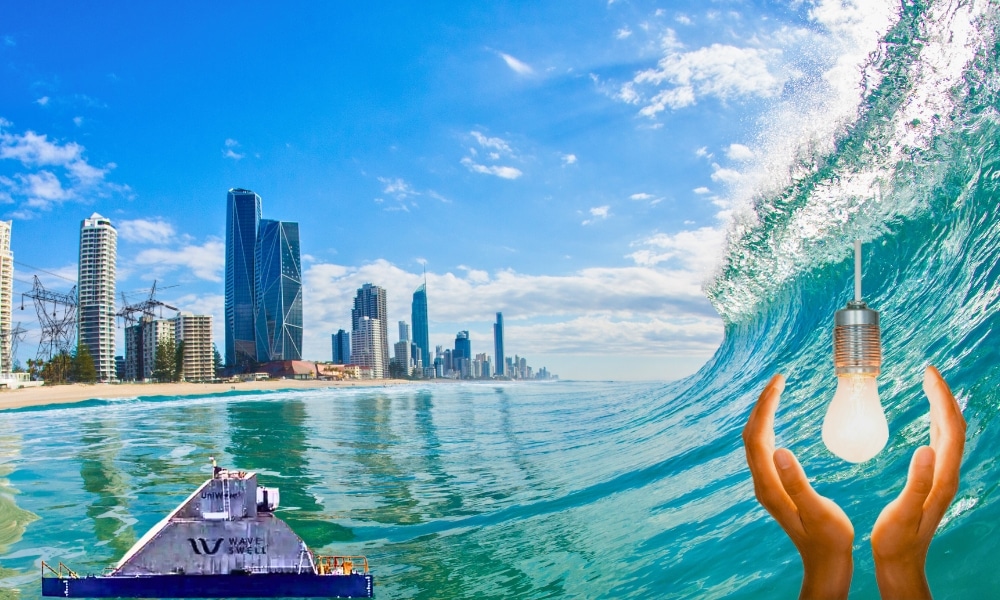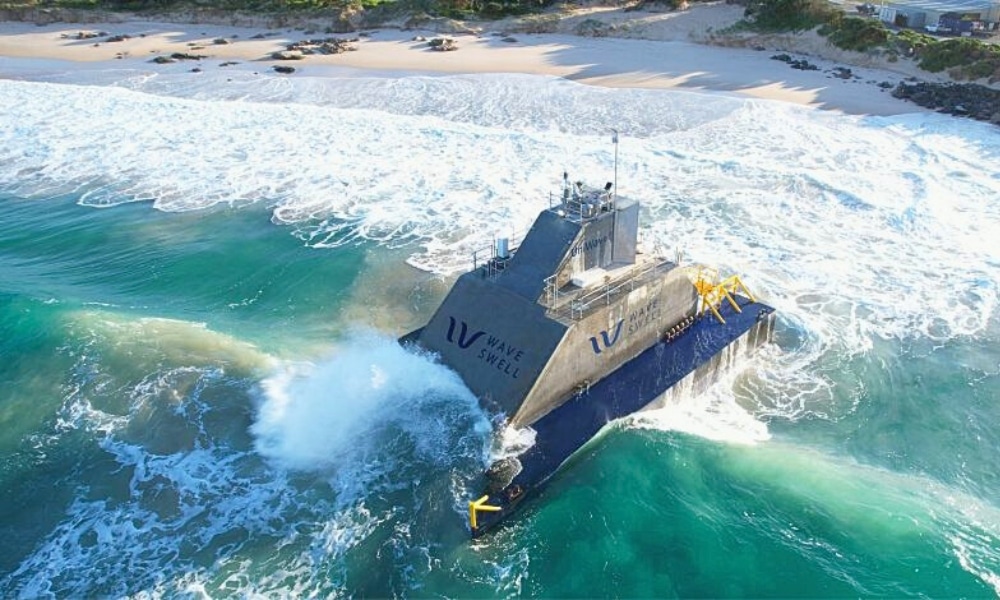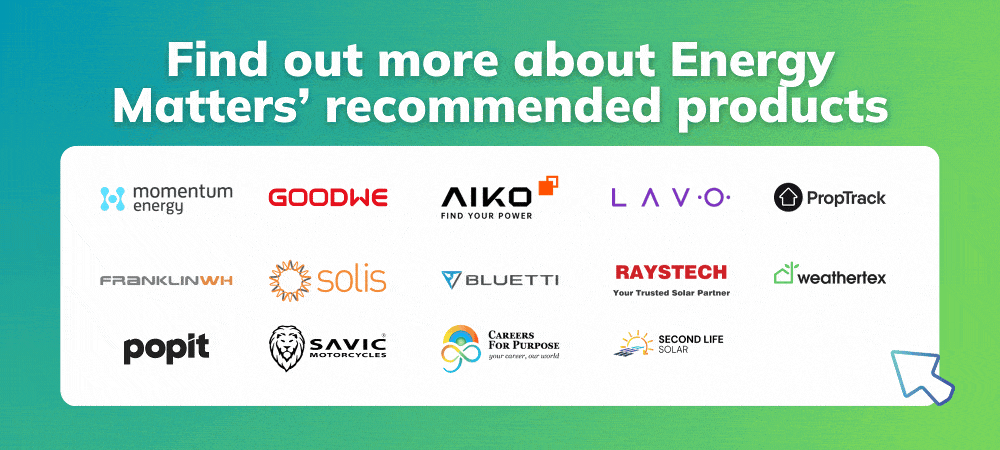Australia’s vast coastline offers immense potential for harnessing ocean energy—a promising renewable resource that can significantly contribute to the nation’s energy mix. By tapping into the power of waves and tides, Australia can diversify its energy sources, reduce carbon emissions, and move towards a sustainable energy future. Understanding how ocean energy technology works and its applications within the Australian context is essential for appreciating its potential impact.

On this page
Understanding ocean energy technology
Ocean energy encompasses various technologies designed to capture the power of the sea and convert it into electricity. The primary forms include wave, tidal, and ocean thermal energy.
Wave energy
This involves converting the kinetic and potential energy from surface waves into electrical power. Devices such as point absorbers, oscillating water columns, and attenuators are commonly used to harness this energy.
How wave energy works
Wave energy converters (WECs) are devices designed to capture the energy from ocean waves and transform it into usable electricity. The process involves several key steps:
- Energy capture: WECs are positioned to interact with incoming waves, capturing their kinetic and potential energy.
- Energy conversion: The captured energy is transformed into mechanical energy, often by moving floats, pistons, or turbines.
- Electricity generation: The mechanical energy drives generators to produce electricity, which is then transmitted to the grid or stored for later use.
Innovations in wave energy technology have led to the development of devices like the dual-turbine wave energy converter. This system utilises two counter-rotating turbine wheels connected to a generator, effectively doubling the power harvested from ocean waves compared to traditional single-turbine designs.
Did you know Energy Matters is Australia’s largest renewable news, blog and educational resource? Subscribe to Energy Matters’ weekly newsletter and keep updated even with incentives, rebates and recommended solar product offers.
Tidal energy
Generated by the moon’s and sun’s gravitational pull, tidal movements can be predictable and substantial. Tidal energy technologies include tidal barrages and tidal stream generators, which capture energy from the rise and fall of tides or tidal currents.
Ocean Thermal Energy Conversion (OTEC)
This method exploits the temperature difference between warmer surface waters and cooler deep waters to generate electricity. While promising, OTEC is less developed compared to wave and tidal technologies.
Marine energy systems explained
Marine energy systems refer to the integrated technologies and infrastructure used to harness energy from marine environments. These systems are designed to operate in harsh ocean conditions and include components such as:
- Energy capture devices: WECs, tidal turbines, and OTEC plants that extract energy from the ocean.
- Mooring and foundations: Structures that anchor energy capture devices to the seabed, ensuring stability and optimal positioning.
- Power take-off systems: Mechanisms that convert mechanical energy into electrical energy.
- Transmission infrastructure: Cables and substations transport electricity from offshore devices to onshore grids.
Developing efficient marine energy systems requires addressing challenges such as high capital costs, engineering complexities, and environmental considerations. Despite these hurdles, technological advancements and supportive policies pave the way for increased adoption of marine energy solutions.
The potential of ocean energy in Australia
Australia’s extensive coastline and favorable ocean conditions make it a global leader in potential ocean energy generation. The country’s wave energy resource is estimated at approximately 1,800 terawatt hours per year, significantly exceeding its annual electricity consumption.
Key regions with substantial wave energy potential include:
- Southern coastlines: Areas between Geraldton and Brisbane experience consistent and powerful wave activity, making them ideal for wave energy projects.
- Bass Strait: This region has been identified for offshore wind development, with projections of generating up to 20 gigawatts of power, enhancing energy security for southeast Australia.
Current developments in Australia's ocean energy sector
Developing efficient marine energy systems requires addressing challenges such as high capital costs, engineering complexities, and environmental considerations. Despite these hurdles, technological advancements and supportive policies pave the way for increased adoption of marine energy solutions.

Notable projects include:
- UniWave200 King Island Project: This initiative involves the deployment of a wave energy converter to supply electricity to King Island, demonstrating the viability of integrating wave energy into remote grids.
- Wave Swell Energy: An Australian company that has developed a unique oscillating water column technology, successfully deploying a 200 kW demonstration unit off the coast of King Island.
Additionally, research institutions like RMIT University are pioneering new wave energy technologies. Their development of a dual-turbine wave energy converter has shown the potential to double the energy extraction efficiency from ocean waves.
Sources: Australian Renewable Energy Agency (ARENA) – Ocean Energy, UniWave200 King Island Project – Wave Swell | Wave Swell – The UniWave200 device is generating power | Australian Government Geoscience Australia – Ocean Energy
Challenges facing ocean energy in Australia
Despite the promising potential, the ocean energy sector in Australia faces several challenges:
- High costs: The capital and operational expenses associated with developing and maintaining ocean energy technologies are currently higher than those for more established renewables like wind and solar.
- Engineering complexities: Designing devices that can withstand harsh marine environments while maintaining efficiency and reliability remains a significant hurdle.
- Environmental considerations: Potential impacts on marine ecosystems, such as effects on wildlife and habitats, require thorough assessment and mitigation strategies.
Addressing these challenges necessitates continued research, technological innovation, and supportive policy frameworks to create a conducive environment for investment and development in the ocean energy sector.
The future of ocean energy in Australia
The future of ocean energy technology in Australia hinges on continued research, development, and investment. Collaboration between industry, academia, and government is essential to overcome the existing challenges and unlock the full potential of this resource.
- Ongoing research is focused on improving the efficiency and cost-effectiveness of wave and tidal energy devices.
- Developing advanced materials and manufacturing techniques will play a crucial role in reducing costs.
- Policy support and regulatory frameworks are needed to facilitate the deployment of ocean energy projects.
- Future development of how wave energy works will include improved grid integration methods.
Australia’s ocean, with its powerful waves and tides, represents a significant untapped resource. The successful deployment of ocean energy technology, including understanding how wave energy works and implementing effective marine energy systems, can contribute significantly to the nation’s sustainable energy future. While challenges remain, the opportunities are immense. By investing in research, development, and deployment, Australia can harness the power of its oceans and lead the way in renewable energy innovation.
Take the next step towards a sustainable future with Energy Matters
Embrace the wave of change, and power your future with sustainable ocean energy. Energy Matters urges you to explore renewable energy solutions and contribute to a cleaner, greener Australia.
Energy Matters has been recognised for our continued excellence in the Australian solar industry. We provide our customers with high-quality resources, insight, and access to reputable solar quotes.
Our team of solar experts can help you get up to 3 FREE solar quotes from pre-qualified and vetted solar firms in your area.















































